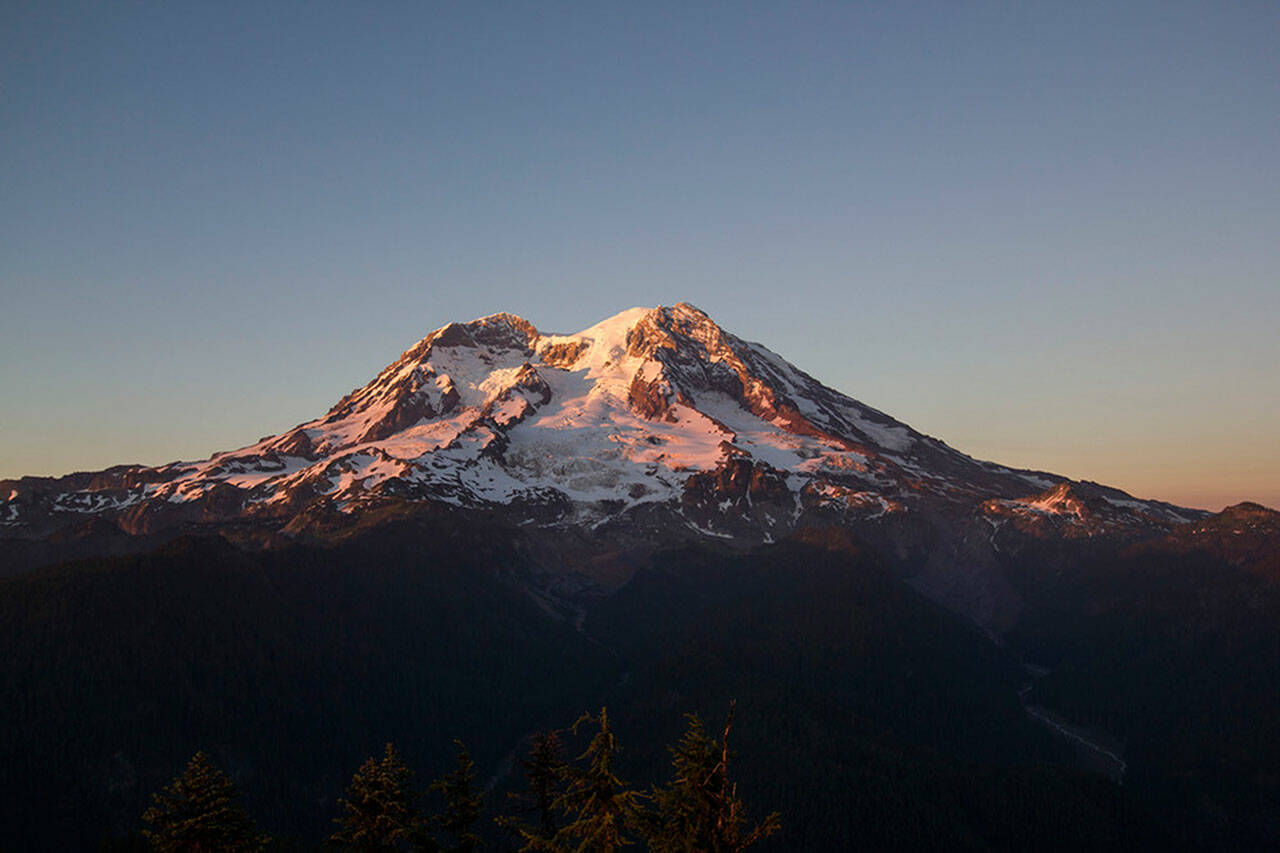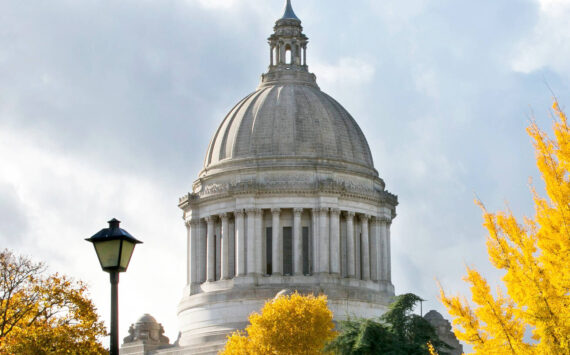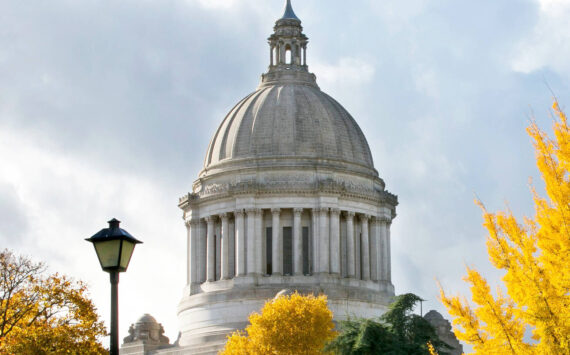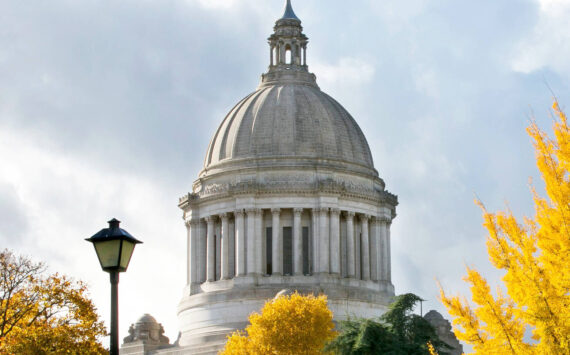For many local residents, it’s popular to drive up to the mountains to enjoy a day in the snow, either for skiing, snowboarding, sledding, snowshoeing, taking a walk in nature or even just mountaineering — and what better place to visit than Mt. Rainier National Park?
Well, according to data released by the National Park Service, Mt. Rainier is actually the second deadliest National Park in the country, coming up behind Sequoia and King Canyon National Parks in California.
Just southeast of the Puget Sound and covering 369.43 square miles, Mt. Rainier is one of the oldest National Parks in the country with around 2 million visitors a year. Although many areas of the park are closed during the winter months, it still has a statistically high body count around the end and beginning of each year.
According to an analysis conducted by personal injury attorneys at John Foy and Associates, Mt. Rainier has 8.55 winter deaths for every 10 million visitors. When looking at winter deaths in the park that took place between 2007 and 2023 — where winter months were determined to be between Nov. 1 and Feb. 28 (or 29) of those 16 years — there have been a total of 11 confirmed winter deaths of Mt. Rainier National Park visitors.
Of these visitor deaths, two were caused by avalanches, two by a fall, two by hypothermia and one by a motor vehicle crash — while four deaths remain undetermined.
To camp, to climb
Following the second weekend of January 2012, a massive search was underway to find two separate climbing parties that had disappeared on Mt. Rainier.
Mark Vucich, 37, of San Diego and Michelle Trojanowski, 30, of Atlanta were planning to winter camp on the Muir Snowfield and were due out on Jan. 15, while Sork (Erik) Yang, 52, of Springfield, Oregon, and Seol Hee Jin, 52, from South Korea were attempting to summit the mountain through Disappointment Cleaver and weren’t due out until the following day on Jan. 16.
According to reports at the time from the park information officer (which are chronicled on npshistory.com), the search was delayed due to the “Snowpocalypse” winter storm that had descended on Western Washington from Jan. 16 to Jan. 20.
The search teams, which were made up of 91 people, lasted seven days before being scaled back due to “the return of winter weather and the odds of a favorable outcome declining daily.”
Investigators continued to work to find the two parties, and on Aug. 9, 2012, rapidly melting snow revealed the body of Vucich at the 8,000-foot level of the Muir Snowfield near Pebble Creek.
Over a month later on Sept. 13, National Park officials reported that the body of Trojanowski had been found on the edge of a large crevass near the top of the Paradise Glacier. Only a few feet from Trojanowski was the body of Yang. The body of Yang’s climbing partner, Jin, still has not been found. Causes of death for all four visitors remain undetermined.
Glacial gravity
While falls are the most common cause of death throughout the year in Mt. Rainier National Park, only two have been recorded during the winter between 2007 and 2022. The most recent was on Nov. 22, 2022, when Zach Morris, who had graduated from Puyallup High School in 2016, had fallen during a hiking trip with friends in the park. He was 25 years old and was expected to graduate from Pierce College in June 2023.
Hypothermia is a real danger when adventuring into Mt. Rainier during the winter months.
In late 2014, 37-year-old Louis Landry of Puyallup had been snowshoeing in the park and had intended to camp overnight at Camp Muir, but was only able to make it as far as Panorama Point. According to park officials, he had gone missing on Dec. 27 when a winter storm dropped 20 inches of snow in only 48 hours. Landry had met two others at Panorama Point and they let him into their shelter, which was later destroyed by the wind and snow. The three people decided to descend to Paradise together, but during their trek, Landry became separated from the others near Edith Creek, where his body was found two days later.
Three years earlier on Dec. 12, 2011, Brian Grobois, 54, of New York was visiting Mt. Rainier National Park for a solo snowshoe hike near Paradise. When Grobois was overdue, a search party with a helicoptor searched for him, finding him in a remote area of upper Stevens Creek drainage. A ground team with a PistenBully snow machine were able to move him off the mountain and he was airlifted to Madigan Army Medical Center, where he was pronounced dead. According to National Park officials, he had been dead for 24 hours prior to arrival at Madigan.
The aftermath of Grobois’ death brought a case to Pierce County courts. Grobois was Jewish, and his family objected to an autopsy due to Jewish law requiring a fast burial without an autopsy. A judge upheld an appeal that barred the Pierce County medical examiner from finding Grobois’ exact cause of death. When he was pronounced dead by attending doctors at Madigan, they had documented that Grobois had died of “hypothermia/cardiac arrest,” which an Oregon newspaper had reported was the same conclusion made by a chief investigator for the National Park Service.
While Grobois’ death certificate says his cause of death is “undetermined,” National Park Service data says that he died of hypothermia.
Rolling, rumbling snow
On Feb. 24, 2007, 54-year-old Stanley Lowell Quande of Burien was skiing in an out-of-bounds area of Crystal Mountain Ski Resort with his companion, D. Currie. Quande was an experienced skier, but when an avalanche was triggered, he was caught and disappeared in the sea of white. Due to the transponder that Quande carried, a rescue team was able to find him, but he was unresponsive and not breathing. Quande could not be revived, having perished in the avalanche.
Later that year on Dec. 18, a 22-year-old snowshoer named Kirk Reiser was buried in an avalanche near Paradise. Reiser was snowshoeing with 22-year-old Troy Metcalf through the Edith Creek Basin when he disappeared in the snow. Metcalf tried to find Reiser until dusk. Three days later, the search party was alerted by a Crystal Mountain search dog named Sherman that there was something in an area at the bottom of a waterfall. At 4 p.m. Dec. 21, Reiser’s body was discovered.
According to a 2007 Seattle Post-Intelligencer article, Reiser and Metcalf were described as “experienced snowshoers who enjoyed being in the wilderness.”





